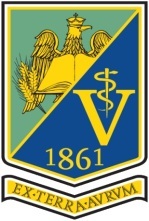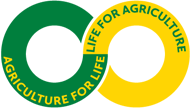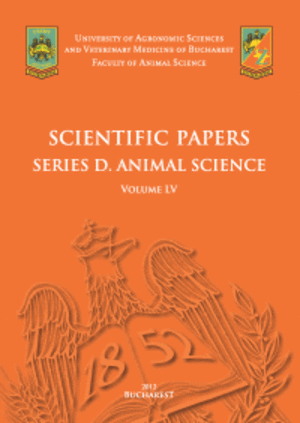Published in Scientific Works. Series C. Veterinary Medicine, Vol. LXXI, Issue 1
Written by Andrei Raul TURBATU, Constantin SAVU
The physicochemical quality of traditional cheeses depends on the properties of the raw milk. Key parameters analysed include fat percentage, moisture, and dry matter. This study assesses these parameters in traditional cheeses from Dâmbovița County and tracks their evolution throughout the year. The analysed varieties telemea cheese, burduf cheese, and urda show variations, with fat percentage increasing over time. In cow's milk telemea cheese, fat rose from 47.43% (June) to 51.87% (November), while in burduf cheese, it increased from 41.28% (January) to 54.10% (November). Sheep's milk telemea cheese (61.02%) and sheep urda (84.41%) had the highest fat values, influenced by milk origin. Moisture and dry matter fluctuated, with alternating rising and falling trends. Fat percentage was the most influenced by seasonal factors, primarily due to the animal’s physiological stage: early lactation, peak production, gestation onset, and late lactation. The findings highlight significant seasonal variations in cheese composition, underlining the importance of monitoring these parameters to ensure product quality.
[Read full article] [Citation]



